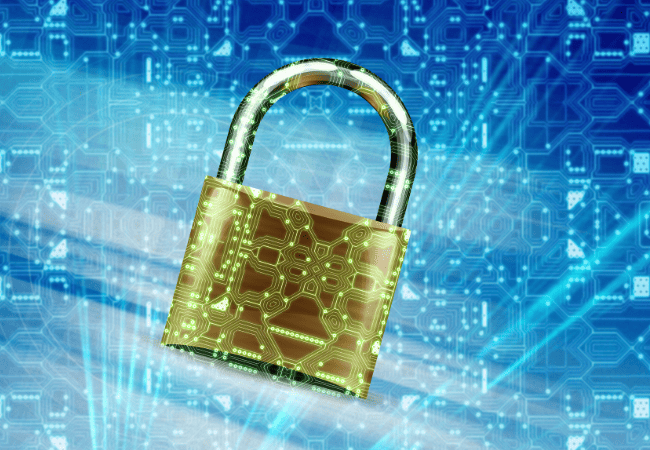
Introduction
In today’s digital age, cyber attacks have become increasingly sophisticated, targeting financial institutions and other organizations with devastating consequences. A recent incident involving a financial institution in India is a stark reminder of the critical need for robust cybersecurity measures. In this blog, we will analyze the cyber heist and explore how multifactor authentication (MFA) can prevent such breaches.
The Cyber Heist: A Case Study
In a major cyber heist, a financial institution in India experienced a server breach that led to the illegal transfer of funds to various accounts. The breach occurred in the month of June 2024, during which cybercriminals manipulated the manager’s login ID and password to gain control over the institution’s Real-Time Gross Settlement (RTGS) system. The unauthorized transactions were only discovered during a balance sheet reconciliation at the end of June, revealing the distribution of the stolen funds to different accounts.
The incident highlights several critical points:
- Credential Compromise: The hackers were able to steal the manager’s login credentials.
- Delayed Detection: The breach went unnoticed for an extended period.
- Financial Impact: The stolen funds amounted to a significant financial loss.
- Investigation and Response: A special team was formed to investigate the breach and recover the stolen funds.
Understanding the Modus Operandi
The cybercriminals employed a strategic approach to compromise the institution’s security:
- 1. Credential Theft: They obtained the manager’s login credentials, possibly through phishing, malware, or social engineering.
- 2. System Manipulation: Using the stolen credentials, they accessed the RTGS system to execute unauthorized transactions.
- 3. Funds Distribution: The stolen money was transferred to multiple accounts to obscure the trail and complicate recovery efforts.
How Multifactor Authentication Can Prevent Cyber Heists
Multifactor Authentication (MFA) is a security mechanism that requires users to provide two or more verification factors to gain access to a system. Unlike traditional single-factor authentication, which relies solely on a password, MFA adds additional layers of security, making it significantly harder for cybercriminals to gain unauthorized access.
Benefits of MFA
Enhanced Security
By requiring multiple forms of verification, MFA makes it more challenging for attackers to compromise accounts.
Reduced Risk
Even if a password is stolen, the additional authentication factors prevent unauthorized access.
Protection Against Phishing and Social Engineering
MFA can mitigate the impact of phishing attacks by requiring verification beyond just a password.
Compliance and Trust
Implementing MFA helps organizations comply with regulatory requirements and build trust with customers.
Implementing MFA: A Solution for Financial Institutions
Given the severity of this cyber heist, it’s clear that traditional password-based security is insufficient. Financial institutions must adopt MFA to safeguard their systems and customer data.
Financial institutions can enable Multi-Factor Authentication to its internal applications like RTGS system, CBS, LOS etc. This will help them to prevent any cyber attacks and frauds.
Cybernexa’s MFA Solutions:
- MFA for Transactions in RTGS / CBS: Adds an extra layer of security to financial transactions, preventing unauthorized transfers.
- Passwordless Authentication: Eliminates the need for passwords, reducing the risk of credential theft.
- MFA for Remote Access: Secures access to VPNs and remote systems, essential for remote work environments.
- MFA for Windows Logon: Protects Windows accounts from unauthorized access.
- MFA for MS RDP and SSH: Secures remote desktop and SSH sessions, critical for IT administrators.
- MFA for Web Apps and Cloud Login: Ensures secure access to web applications and cloud services.
Conclusion
This cyber heist underscores the urgent need for robust cybersecurity measures, particularly multi-factor authentication. By implementing MFA, organizations can significantly enhance their security posture, protect sensitive data, and prevent cyber criminals from executing similar attacks. Organisations especially, financial institutions should prioritize the implementation of MFA to safeguard their digital assets against evolving cyber threats.
For more information on how Cybernexa’s MFA solutions can protect your organization, contact us today.




